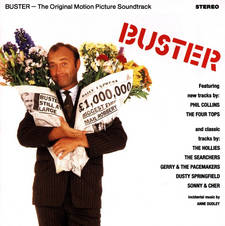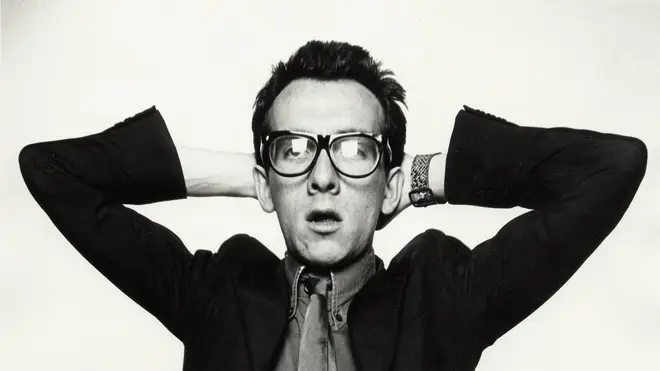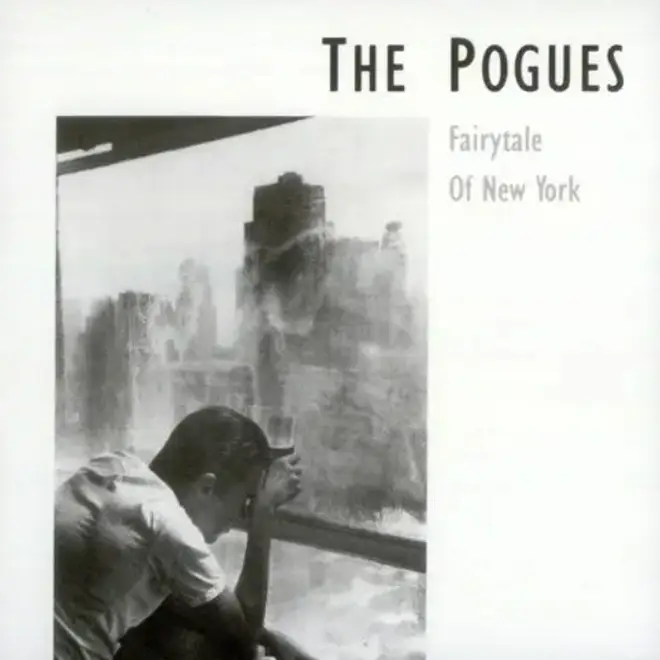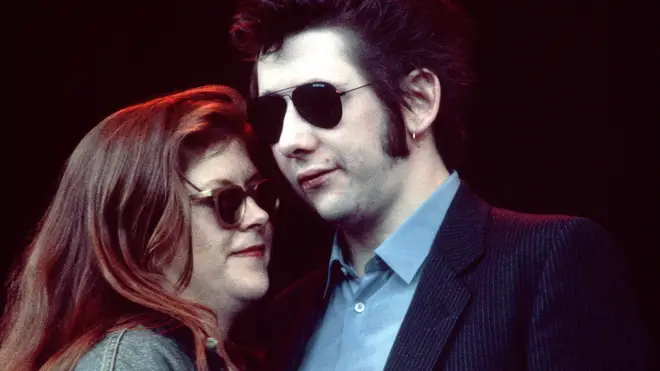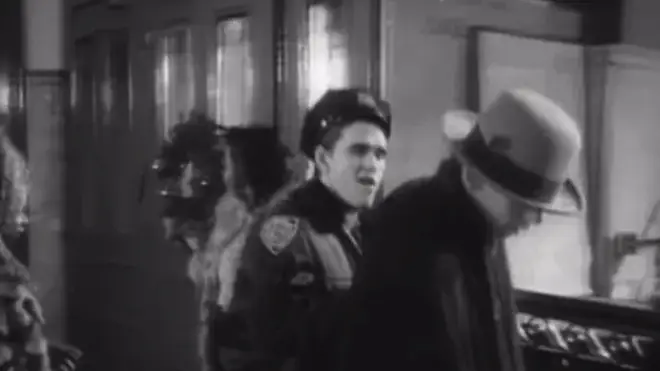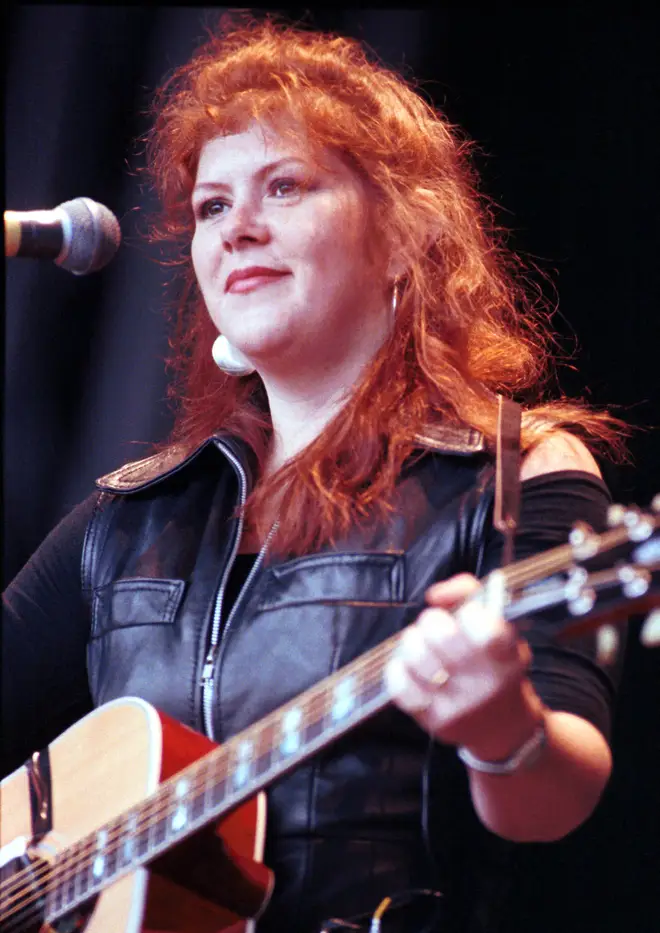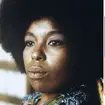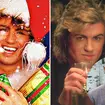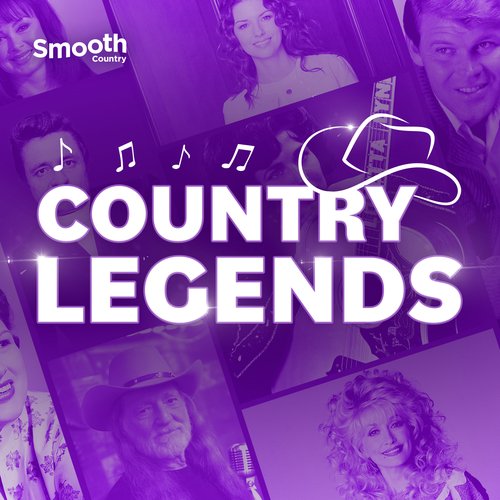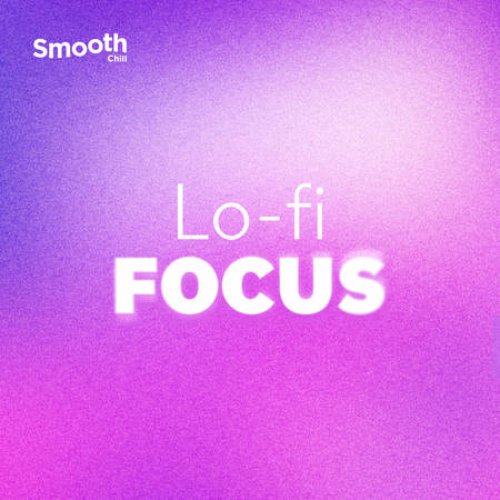The Story of... 'Fairytale of New York' by The Pogues and Kirsty MacColl
30 November 2023, 12:07 | Updated: 30 November 2023, 15:02
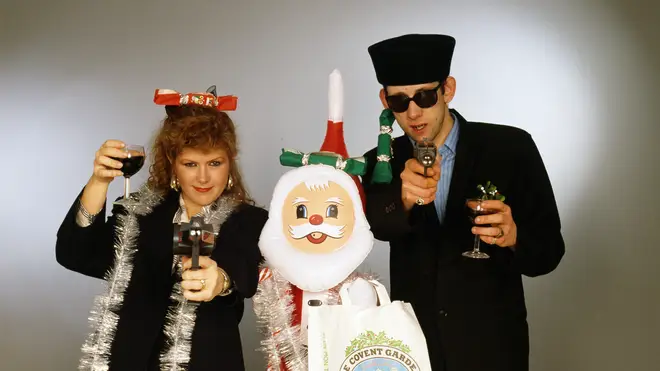
The Pogues and Kirsty MacColl's 1987 festive track 'Fairytale of New York' has become one of the nation's best-loved Christmas tunes of all time.
The song about bickering former lovers on Christmas Eve is a Christmas cracker, but do you know its fascinating backstory?
It's become the subject of controversy from some listeners in recent years due to its lyrical nature, but what is it about? What inspired the song? Who originally sang Kirsty's lines? Find out all you need to know below...
-
What inspired the song?
Elvis Costello. Picture: Getty First written in 1985, the origins of the song are disputed. Frontman Shane MacGowan insisted that it arose as a result of a wager made by their producer at the time, Elvis Costello, that the band would not be able to write a Christmas hit single.
However, manager Frank Murray has said that it was originally his idea that the band should try and write a Christmas song, as he thought it would be "interesting".
-
Fairytale of New York meaning: What is the song about?
Fairytale of New York. Picture: Pogue Mahone Banjo player Jem Finer came up with the melody and the original concept for the song, which involved a sailor looking out over the ocean.
Finer's wife Marcia did not like the original story, and suggested new lyrics, regarding a conversation between a couple at Christmas.
MacGowan decided to name the song after JP Donleavy's 1973 novel A Fairy Tale of New York, which Finer was reading at the time and had left lying around the recording studio.
The song follows an Irish immigrant's Christmas Eve nostalgic stories about holidays past while sleeping off a drinking binge in a New York City 'drunk tank'. When an inebriated old man also in the cell sings a passage from the Irish ballad 'The Rare Old Mountain Dew', the narrator begins to dream about the song's female character.
The rest of the song (which has been interpreted as an internal monologue by some) becomes a call and response between the couple, about how their youthful hopes were crushed by alcohol and drug addiction, as they reminisce and bicker on Christmas Eve.
Finer later said: "I had written two songs complete with tunes, one had a good tune and crap lyrics, the other had the idea for 'Fairytale' but the tune was poxy, I gave them both to Shane and he gave it a Broadway melody, and there it was."
-
It nearly got shelved entirely
Kirsty MacColl and Shane MacGowan. Picture: Getty In January 1986, the group recorded the song during sessions with Costello that would produce the 'Poguetry in Motion' EP, with bass player Cait O'Riordan singing the female part.
Costello suggested naming the song 'Christmas Eve in the Drunk Tank', after the song's opening lines.
The band didn't like the suggestion, with MacGowan pointing out to Costello that the song was unlikely to be favourably received.
Despite several attempts at recording it, the group were unhappy with the results, and the song was temporarily put aside. The producer of the final version, Steve Lillywhite, described the version with O'Riordan's vocals as not "fully realised".
Guitarist Phillip Chevron said: "It was not quite there. It needed to have a full-on, confident performance from the band, which it lacked."
-
A trip to New York helped
Matt Dillon in the Fairytale of New York video. Picture: Pogue Mahone/YouTube In March 1986, The Pogues toured the US for the first time. The opening date was in New York City, a place which MacGowan had long been fascinated with, and helped inspire him to write new lyrics for the song.
Among the members of the city's Irish-American community who saw the show were film-maker Peter Dougherty and actor Matt Dillon (see above!) - both of whom would later become friends with The Pogues and play roles in the video.
MacGowan wrote a slow, piano-based introduction to the song, influenced by Ennio Morricone's score for Once Upon a Time in America.
-
Further problems almost stopped the song being made
The Pogues' record label Stiff ran into financial difficulties and went into administration, but as the label still owned the rights to their recordings, this meant that a distribution deal had to be negotiated in order to release any new material.
Elvis Costello parted ways with the group, and after increasingly erratic behaviour, Cait O'Riordan, who had become romantically involved with Costello, left the band in October 1986. This meant that a new singer in the song was needed.
-
How was it recorded and how did Kirsty MacColl get involved?
Kirsty MacColl. Picture: Getty The Pogues finally recorded the song in early 1987, with a new demo recorded at London's Abbey Road Studios. MacGowan sang both the male and female roles.
However, it was not until the third set of recording sessions in August 1987 in nearby RAK Studios, that it was suggested that producer Lillywhite take the track back to his home studio and let his wife Kirsty MacColl sing a new vocal.
Lillywhite brought the recording back to the band, who were impressed with MacColl's singing and agreed she would be the ideal voice for the female character.
MacGowan re-recorded his vocals, and the duo never recorded the song together. The song was completed with a harp played by Siobhan Sheahan, while the French horns and strings were recorded at Townhouse Studios, arranged by Fiachra Trench.
MacGowan later said: "Kirsty knew exactly the right measure of viciousness and femininity and romance. In operas, if you have a double aria, it's what the woman does that really matters. The man lies, the woman tells the truth."
-
How was the video recorded?

The Pogues - Fairytale Of New York (Official Video)
The video was directed by Peter Dougherty, and filmed in New York during a cold Thanksgiving week in November 1987.
It opens with MacGowan sitting at a piano as if playing the song's opening. However, as MacGowan could not play the piano, a close-up shot of his hands actually features the hands of the band's pianist James Fearnley wearing MacGowan's rings on his fingers.
The video was also filmed inside a real police station on the Lower East Side of the city. Matt Dillon plays a police officer who arrests MacGowan and takes him to the cells.
MacGowan and the band were drinking throughout the shoot, and the police were concerned about their increasingly rowdy behaviour. Dillon, who was sober, had to intervene and reassure the police that there would be no problems.
The chorus of the song includes the line "The boys of the NYPD choir still singing 'Galway Bay'". In reality, the NYPD does not have a choir. The closest thing was the Pipes and Drums of the NYPD's Emerald Society, who did not know 'Galway Bay'.
So, they sang a song that all of them knew the words to – the 'Mickey Mouse March'. The footage was then slowed down and shown in brief sections to disguise the fact the Pipes and Drums were singing a different song.
-
There has been controversy over its lyrics
The song has attracted negative attention due to some of the language used, where MacGowan's character refers to MacColl's character as "an old sl*t on junk" (heroin), and MacColl responds with a line that includes the words "f*ggot" and "arse".
In December 2007, Radio 1 banned the words "f*ggot" and "sl*t" from the song to "avoid offence".
MacColl's mother, Jean, called the ban "too ridiculous", while The Pogues said they found it "amusing". Later that evening, Radio 1 backed down and said that after a day of criticism from listeners, they had reversed the decision.
However, by 2020, Radio 1 reversed its decision instead - opting to go for slightly altered lyrics including "you're cheap and you're haggard".
A BBC spokesman said: "We know the song is considered a Christmas classic and we will continue to play it this year, with our radio stations choosing the version of the song most relevant for their audience."
The year before, the 2019 Gavin and Stacey Christmas special was also met with hundreds of complaints when two of its characters sang the uncensored lyrics during a karaoke session.
-
It never reached number one

Pet Shop Boys - Always On My Mind (Movie version)
Despite hitting number one for five weeks in Ireland, it peaked at two in the UK. It was kept off the Christmas number one spot by Pet Shop Boys' cover of 'Always on My Mind'.
However, it has gone on to re-enter the chart every December since downloads and streaming were included in the chart. It has often been voted the nation's favourite Christmas song in various polls.
Shane MacGowan later remarked: "We were beaten by two queens and a drum machine."
